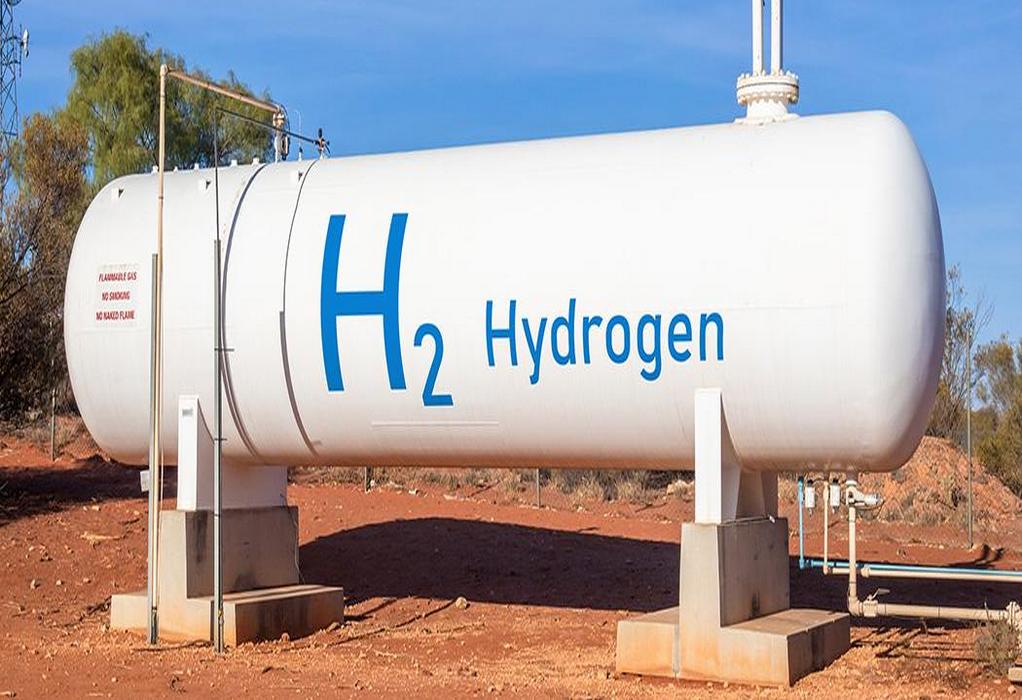The new method from RMIT University researchers splits the seawater directly into hydrogen and oxygen – skipping the need for desalination and its associated cost, energy consumption and carbon emissions.
Hydrogen has long been touted as a clean future fuel and a potential solution to critical energy challenges, especially for industries that are harder to decarbonise like manufacturing, aviation and shipping.
Almost all the world’s hydrogen currently comes from fossil fuels and its production is responsible for around 830 million tonnes of carbon dioxide a year, equivalent to the annual emissions of the United Kingdom and Indonesia combined.
But emissions-free ‘green’ hydrogen, made by splitting water, is so expensive that it is largely commercially unviable and accounts for just 1% of total hydrogen production globally.
Lead researcher Dr Nasir Mahmood, a Vice-Chancellor’s Senior Research Fellow at RMIT, said green hydrogen production processes were both costly and relied on fresh or desalinated water.
A provisional patent application has been filed for the new method, detailed in a lab-scale study published in Wiley journal, Small.
To make green hydrogen, an electrolyser is used to send an electric current through water to split it into its component elements of hydrogen and oxygen.
These electrolysers currently use expensive catalysts and consume a lot of energy and water — it can take about nine litres to make one kilogram of hydrogen. They also have a toxic output: not carbon dioxide, but chlorine.
The new approach devised by a team in the multidisciplinary Materials for Clean Energy and Environment (MC2E) research group at RMIT uses a special type of catalyst developed to work specifically with seawater.
The researchers at RMIT are working with industry partners to develop aspects of this technology.
The next stage in the research is the development of a prototype electrolyser that combines a series of catalysts to produce large quantities of hydrogen.
Tags: Hydrogen, RMIT University, Seawater



Recent Posts
Royal Caribbean Welcomes LNG-Fueled Star of the Seas to Its Fleet
Swire Shipping Launches ‘Voyage to Zero’ to Help Customers Cut Scope 3 Emissions Swire
Pinnacle Marine Launches B100-Powered President 100 for Biofuel Trials
Assam Puts Green Hydrogen Policy on Hold, Investors Reassess Plans
MNRE and Odisha Chart Roadmap for National Green Hydrogen Mission
Hyundai Glovis to Retrofit Seven PCTCs with Avikus AI Navigation System
Super Terminais orders three more Konecranes Gottwald ESP.10 Mobile Harbor cranes
Covestro and HGK Shipping Extend Partnership to 2040 with Focus on Wind-Assisted Vessel Retrofit